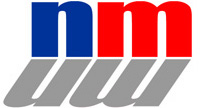

New Applications
Prints should be sent to:
Prof. Mike Condren
Department of Chemistry
Christian Brothers University
650 East Parkway South
Memphis, TN 38104
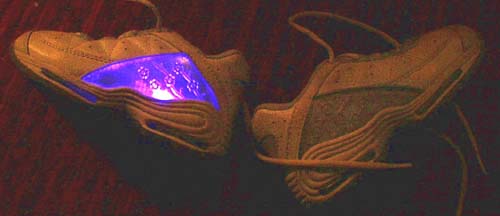 |
|
These Laser Lights brand shoes feature |
Radar unit of Shorewood Hills, WI Police Department which displays your speed
in arrays of red LEDs.

New Sony JUMBOTRON Instant Replay screen
Liberty Bowl Stadium in Memphis, Tennessee.

© Copyright 1999, The Nasdaq Stock Market, Inc. Reprinted with the permission
of The Nasdaq Stock Market, Inc.
It is claimed that this is the world's largest LED array, at 120 x 90 feetand 18 million LEDs.
For a live view, see the Webcam
For more information about color mixing, visit the web site of General Atomics Sciences Education Foundation .

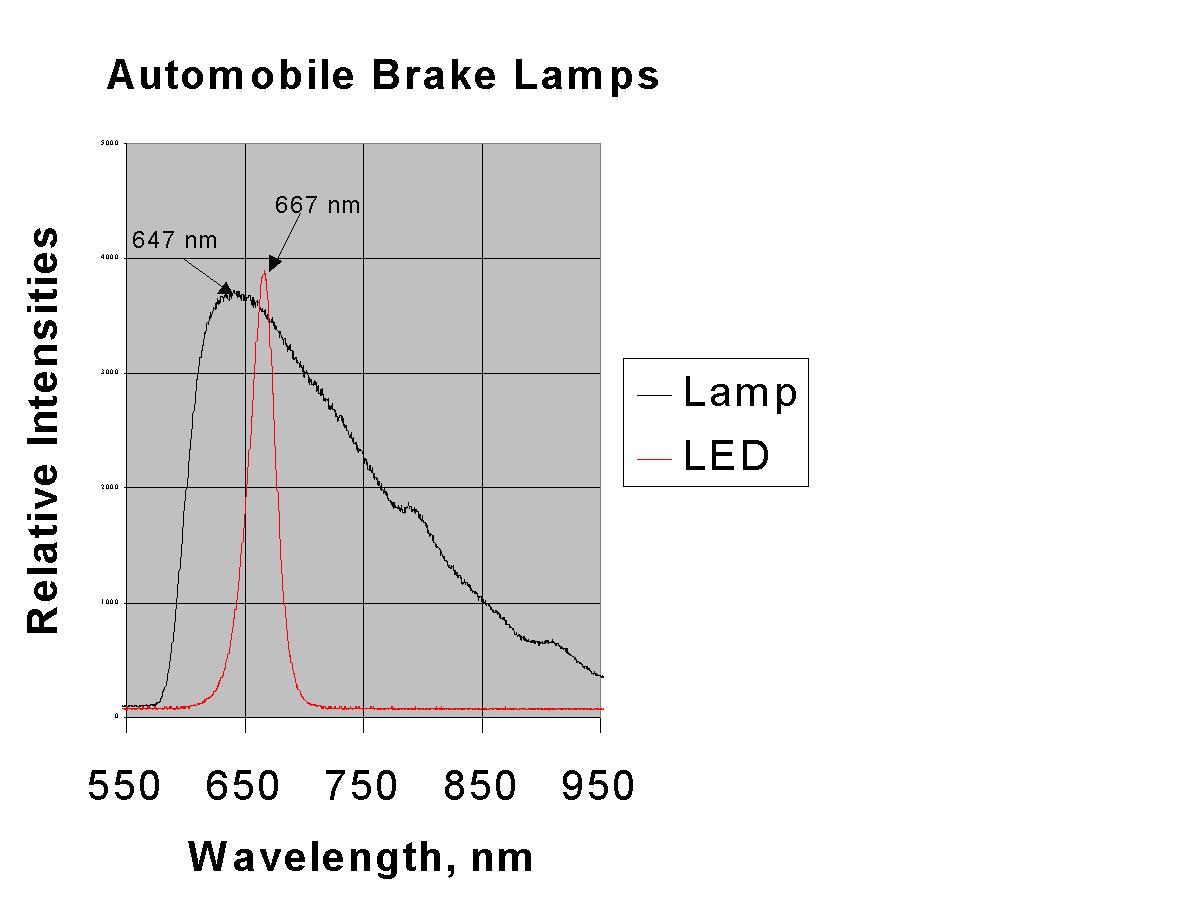
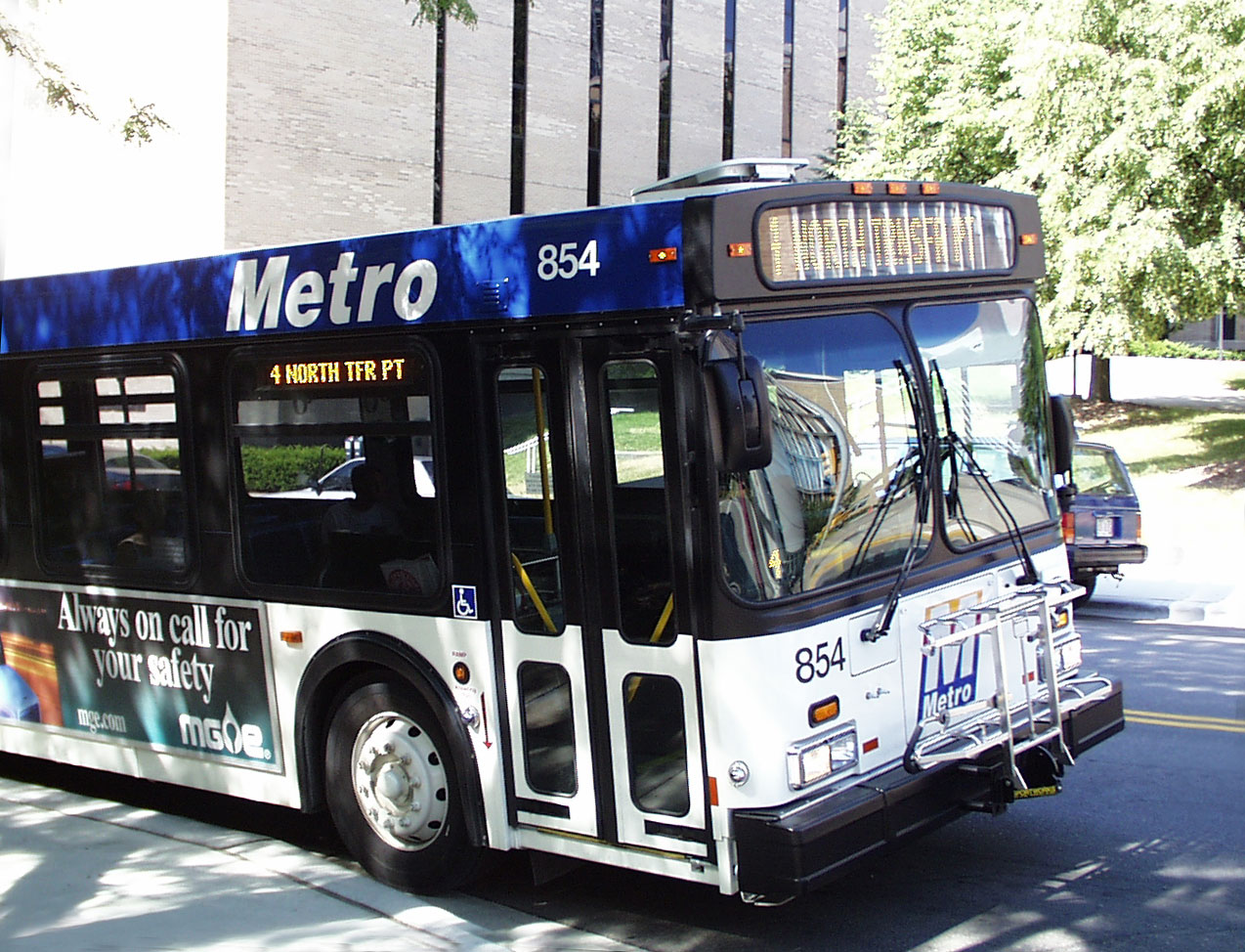
The newest buses have all of the external lighting, except the headlights, as LEDs. This includes the destination boards on the front and right side and the route number on the right front and rear of the bus.

Signal® Mirror Safety Systems.
Signal® Mirrors are a registered trademark of K.W. Muth Co.
Inc.
Picture is used with permission from K.W. Muth Co. Inc.
K.W. Muth Co. Inc. is manufacturing Signal® Mirrors that use LEDs in the side view mirrors. These appear as original equipment on some pickup trucks, sports utility vehicles, vans, and motorcycles. Their Wide Angle Signal® Mirror Kit can be fitted to any vehicle.
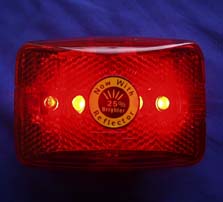
LED flashers for bikes.
LEDs are being used increasingly where brightness, low power consumption, and long lifetimes are important safety concerns. Another advantage is that, if one element fails, the whole assembly does not stop working. As described in the Hewlett-Packard press release cited below, LEDs illuminate 200 milliseconds faster than conventional incandescent lamp, giving the driver of the trailing vehicle one car length greater stopping distance at 65 mph.
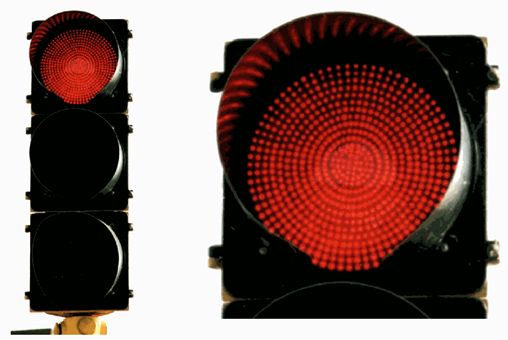
How many LEDs are in this red traffic light?
Note the difference in the color between the LEDs on top and the incandescent
bulb/red lens on bottom.
For more information on traffic light applications, see the MRSEC Traffic Light Web page
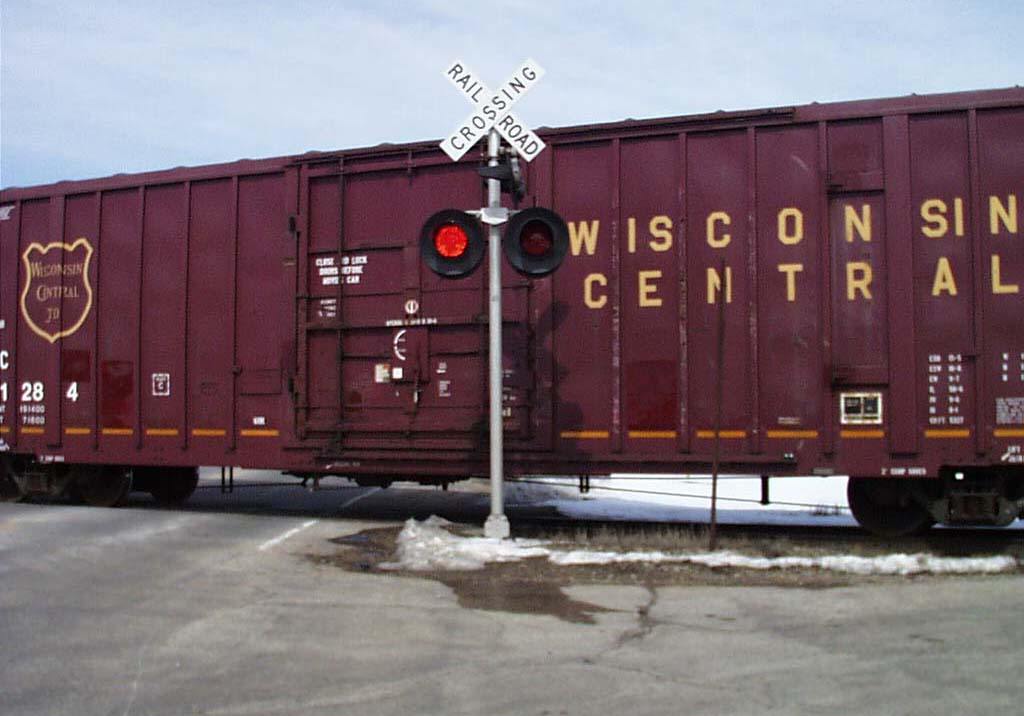
Railroad crossing flashers using LEDs. Use this link for more information
about Railroad
Applications of LEDs.

Each dot is a cluster of LEDs.
Parking Information
John Wayne Airport
Orange County, CA